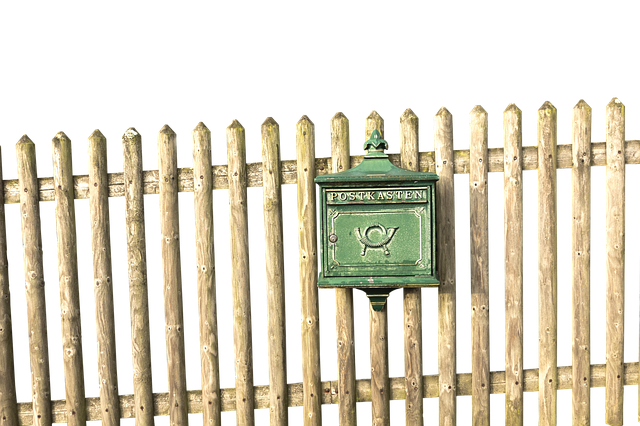Coastal areas present unique challenges for fencing due to harsh weather conditions, salt air, and potential moisture exposure. This article explores the benefits of durable wooden fencing as a robust and aesthetically pleasing solution for these environments. By understanding the specific requirements, choosing the right wood species, ensuring proper installation, and implementing effective maintenance strategies, homeowners can achieve long-lasting coastal fences that withstand the test of time and extreme weather.
- Understanding Coastal Area Fencing Challenges
- Benefits of Durable Wooden Fencing Materials
- Choosing the Right Wood Species for Coastlines
- Installation Tips for Weather Resilience
- Maintenance Strategies for Longevity
Understanding Coastal Area Fencing Challenges
Coastal areas present unique challenges when it comes to fencing due to their harsh, ever-changing environments. Strong winds, salty air, and regular exposure to moisture can significantly impact traditional fencing materials, leading to frequent repairs or replacements. Additionally, coastal regions often have strict regulations regarding aesthetics and material choices to preserve the natural landscape.
Durable wooden fencing designed for these areas needs to be robust enough to withstand extreme weather conditions while also being aesthetically pleasing and environmentally friendly. The right fencing solution should offer long-term performance, requiring minimal maintenance, and ideally using materials that are locally sourced and sustainable to align with coastal community values.
Benefits of Durable Wooden Fencing Materials
Durable wooden fencing materials offer a range of benefits for coastal areas, where traditional fences often face unique challenges from harsh weather conditions and corrosive salt air. Firstly, wood chosen for its resistance to rot and decay, such as treated cedar or teak, can withstand the coastal environment for many years without significant deterioration. This longevity not only reduces the need for frequent replacements but also minimizes construction costs over time.
Additionally, these durable wooden fences provide excellent aesthetic appeal with their natural beauty and ability to weather gracefully. They can complement the landscape while offering privacy and security without compromising on visual appeal. Moreover, unlike some synthetic materials, natural wood allows for better heat retention, providing a cozier outdoor space during cooler coastal evenings.
Choosing the Right Wood Species for Coastlines
When selecting wood for coastal fencing, understanding the unique challenges posed by the environment is key. The relentless salt air, frequent moisture, and potential for extreme weather conditions require a robust material that can withstand these harsh elements. Different wood species offer varying levels of durability, making some more suitable than others for this purpose.
Hardwoods like cedar, redwood, and teak are renowned for their natural resistance to rot and insect damage, making them excellent choices for coastal areas. These woods have a higher density, which provides better protection against water absorption. Additionally, treating these hardwoods with preservatives can further enhance their longevity, ensuring they remain strong and sturdy even in the face of coastal conditions.
Installation Tips for Weather Resilience
When installing durable wooden fencing in coastal areas, prioritizing weather resilience is paramount. Begin by ensuring proper drainage around the fence line to prevent water accumulation, which can lead to rot and damage. Use high-quality, pressure-treated wood designed for exterior applications, as these materials have a natural resistance to moisture and mold. Additionally, consider incorporating galvanised metal components for added protection against corrosion from salty air.
During installation, make sure all joints are tightly sealed with weatherproof caulking or glue to create a continuous barrier against the elements. Post-installation maintenance is also crucial. Regularly clean your fence to remove salt spray and other debris that can weaken its protective coatings. Apply fresh coats of protective finish every few years to preserve the wood’s durability and maintain its aesthetic appeal in challenging coastal conditions.
Maintenance Strategies for Longevity
Maintaining durable wooden fencing in coastal areas requires a strategic approach to ensure longevity. Regular cleaning is essential, using gentle cleaners and soft brushes to remove salt spray and other debris that can accelerate wood degradation. Staining the fence annually with a water-repellent sealer not only enhances aesthetics but also shields the wood from moisture absorption.
Inspection and repair are crucial components of maintenance. Keep an eye out for loose or damaged boards, rusted hardware, and signs of rot or insect infestation. Promptly addressing these issues can prevent further damage. Consider power washing every few years to deeply clean the fence, followed by re-staining to maintain its protective barrier against coastal elements.
